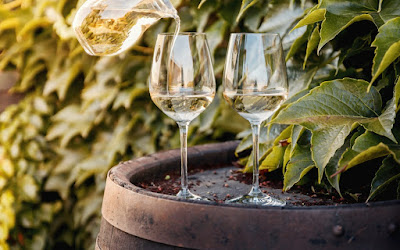A Comprehensive Guide to Sauvignon Blanc Wine
Sauvignon Blanc is among the known grape varieties for producing high-quality white wines. Originally cultivated in France, its most iconic producing regions are Pouilly Fumé and Sancerre. However, the widespread prominence and popularity of Sauvignon Blanc wine can also be attributed to Malrborough, New Zealand today.
But no matter where it comes from, Sauvignon Blanc remains a global favorite of wine enthusiasts and the wines can be found on the most carefully planned restaurant and bar menus in the world. Here is a comprehensive guide to help you get to know it better:
Tasting notes
The grape is almost easy to identify just by the smell, even if you are new to wine. Sauvignon Blanc wine has citrus and lime as its primary fruit flavors, together with passion fruit, green apple, gooseberry, and peach. You are likely to notice notes of green bell pepper and freshly cut grass, too, especially if you get high-quality bottles from France. New Zealand Sauvignon may have other notable flavor compounds, such as pea-shoots, mango, papaya, green capsicum, and asparagus. All of these contribute to a range of delightful flavor and fragrance.
Style
With a mellow color, light body, and crisp dryness, Sauvignon Blanc wine is easy to love and enjoy. It is almost always young and dry and rarely aged. In France, it is also used to make sweet and delicate dessert wines.
Wine regions
Sauvignon Blanc is undoubtedly an international variety with many countries producing it. This can make it challenging to generalize the wines, but despite that, they remain consistent with their dry, crisp, and acidic style and aromatic flavor profiles. If you are looking for reasonably priced and fashionable Sauvignon Blanc wine, consider New Zealand. France produces the highest volume, particularly in Bordeaux and Loire Valley. Italy, Spain, Chile, Australia, USA, and South Africa are also known producers.
Food pairing
The citrus-led wines go well with salmon, zingy green salads with feta, lemon sole, and fish and chips. Grassy and aromatic variants go well with food that has stronger flavors, as well as fragrant herb dishes.



Comments
Post a Comment